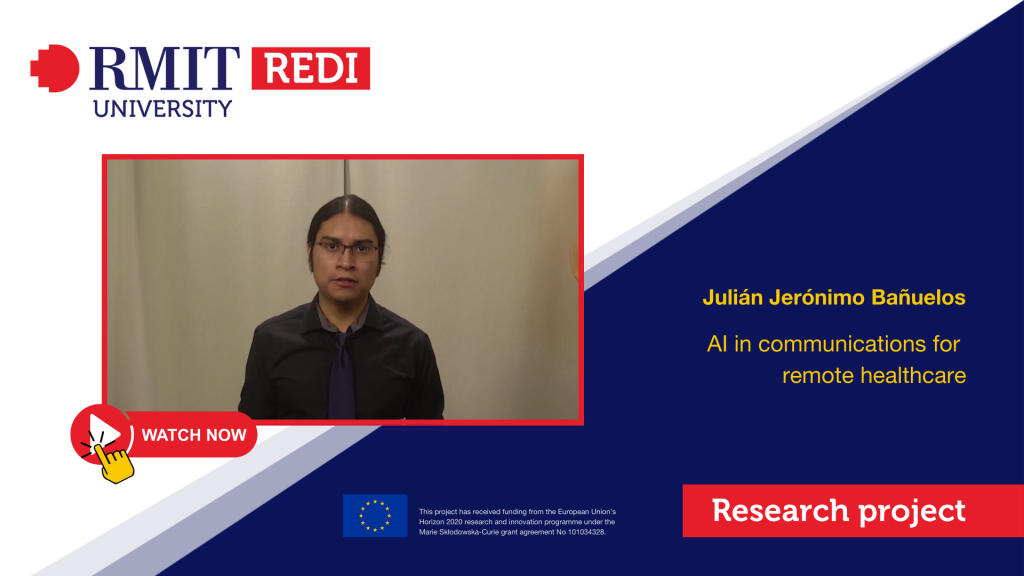Recent technological advances in telecommunications networks, such as the development and deployment of the fifth-generation technology standard for broadband cellular networks (5G), have enabled a wide array of new functionalities for mobile networks, including, for the first time, reduced capability Internet of Things (IoT) devices. 5G networks are designed to support integration with external applications that can manipulate the services the network provides to devices.
Provisioning devices with 5G network slicing capabilities is of great interest to manufacturers, carriers, and developers, particularly in IoT-type communication, which may feature unique bandwidth and resource requirements. External applications running either on the device or as third-party applications can interact with the 5G network to request additional information associated with the device, such as positioning, or augment the services assigned to the device by requesting new data flows with higher Quality of Service (QoS).
The implementation of technological support, consisting of the use of tools and technological devices such as sensors, smartphones, and IoT devices, as well as their interaction with modern network infrastructures, to gather insightful information from the current state of the user and their environment, could have a significant impact on how activity tracking is performed remotely and on a regular basis, regardless of the setting involved. The automation of this regular activity tracking could enhance the quality of life of the user by enabling access to selectively processed knowledge that would otherwise have to be manually collected and analysed. It will also lead to an enhanced user experience in smart IoT environments.
Furthermore, the constant generation of data from remote activity tracking tasks enables the possibility to explore additional challenges that can be tackled with the use of efficient algorithms implementing techniques from the field of Machine Learning. As most activity tracking tasks nowadays rely on different types of sensors with various configurations, and since the brands and specific models of such sensors on the market have increased in recent years, it is necessary to define a strategy for dealing with sensor data that may come from different sources but is to some extent correlated due to the nature of the activity tracking task. One sample scenario that will be studied is the generation of synthetic accelerometer data of a specific body position for a given human activity task, due to the possibility of missing, corrupted, or incomplete data, from additional accelerometer data obtained from alternative body locations for the same human activity task.
This research aims to combine the technical implementation of an application programming interface for enabling 5G network slicing capabilities in Android devices while addressing different particular scenarios of remote activity tracking through machine learning, including the generation of synthetic accelerometer data that is correlated to a dataset of collected accelerometer data from a set of tracked human activities.
Watch a video about Julián‘s project:
